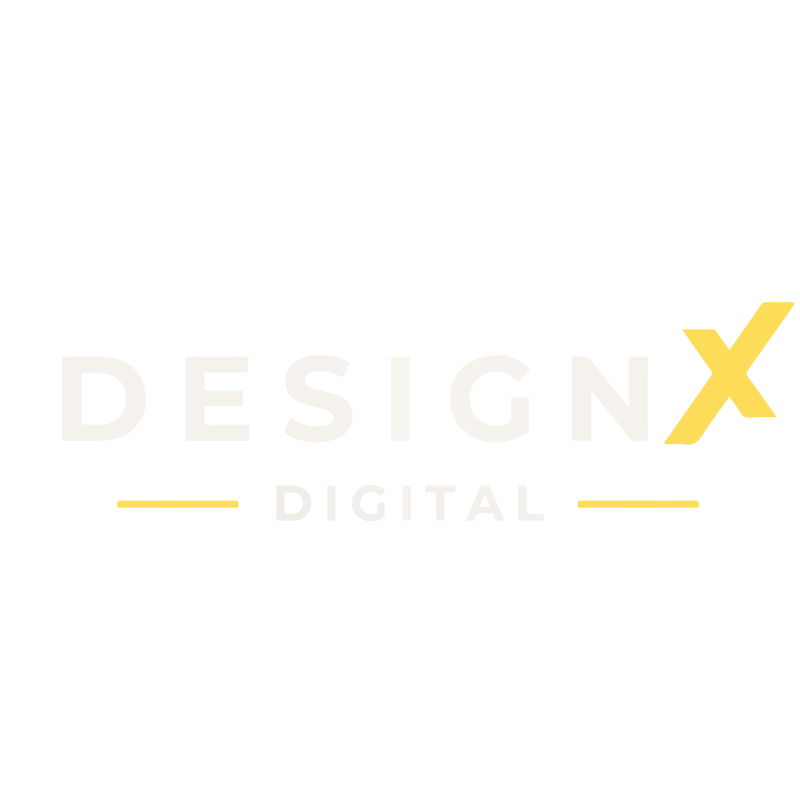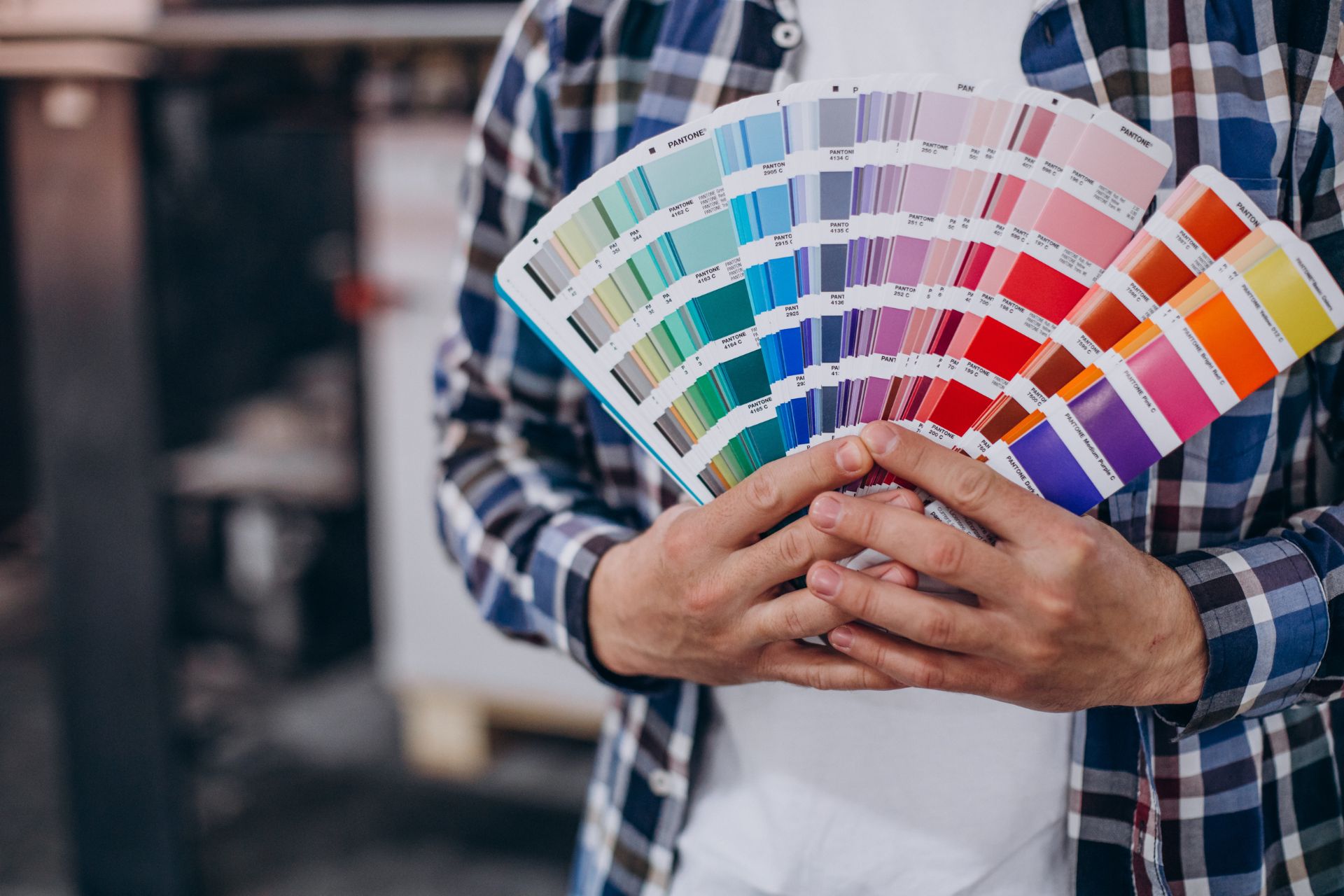The Psychology of Colors in Web Design: How to Evoke Emotions
In the realm of web design, colors are not merely visual elements; they are powerful tools that can evoke emotions, influence perceptions, and shape user behavior. Understanding the psychology behind colors is essential for creating impactful and user-centric websites.
The Role of Color Psychology
Color psychology explores how different colors can impact human emotions, attitudes, and behaviors. Web designers leverage this knowledge to guide users through a desired experience, whether it's encouraging action, fostering trust, or establishing a brand identity.
Eliciting Emotions Through Colors
Red: Passion and Energy
Red is associated with strong emotions like passion, love, and energy. It's often used to grab attention and create a sense of urgency. However, it's essential to use red judiciously, as excessive use can evoke feelings of aggression.
Blue: Trust and Serenity
Blue exudes calmness, trust, and reliability. Many financial institutions and tech companies use blue to convey professionalism and security. Lighter shades can evoke serenity, while darker shades can add a touch of sophistication.
Creating a Harmonious Palette
A successful web design incorporates a harmonious color palette that aligns with the website's purpose and target audience. Combining complementary colors can create visual interest, while analogous colors provide a sense of unity.
Conclusion
The psychology of colors in web design is a powerful tool for shaping user experiences. By strategically selecting and applying colors, designers can evoke specific emotions, enhance brand identity, and guide user interactions. However, it's crucial to remember that individual responses to colors can vary, so testing and feedback are integral to achieving the desired impact. When wielded thoughtfully, the right colors can transform a website into a captivating and emotionally resonant digital space.

